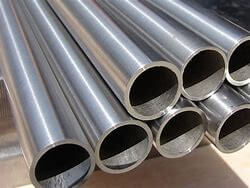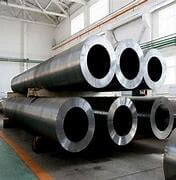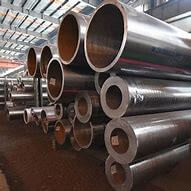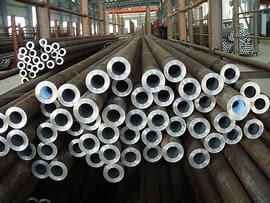When selecting the right reducer type for a piping system, there are several factors to consider, including:
-
Size – The size of the pipes being connected will determine the size of the reducer needed. It is important to select a reducer that fits the pipe sizes and maintains the required flow rate and pressure.
-
Material – The material of the reducer should be compatible with the materials of the pipes being connected to ensure that there is no risk of corrosion or chemical reactions.
-
Pressure rating – The pressure rating of the reducer should be suitable for the maximum pressure expected in the piping system to ensure that the reducer can withstand the pressure without failing.
-
Temperature range – The temperature range of the reducer should be suitable for the maximum and minimum temperatures expected in the piping system to ensure that the reducer can withstand the temperature changes without failing.
-
Flow direction – The flow direction of the piping system should be considered when selecting the reducer type. Concentric reducers provide a straight flow path, while eccentric reducers provide a curved flow path, and the choice will depend on the specific application.
-
Cost – The cost of the reducer should be considered, as some types of reducers may be more expensive than others. It is important to select a reducer that is cost-effective while still meeting the required performance requirements.
Overall, selecting the right reducer type for a piping system requires considering the specific application requirements, including size, material, pressure rating, temperature range, flow direction, and cost, to ensure that the piping system is safe, reliable, and efficient.




